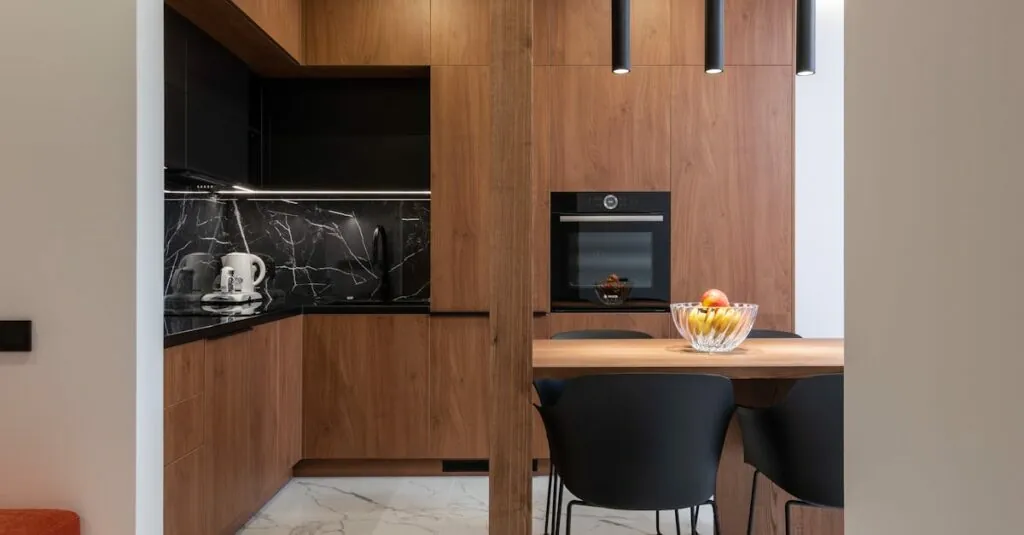As the sun sets over the glitzy Las Vegas Strip, a different kind of excitement brews in the Nevada housing market. With 2025 just around the corner, the Silver State is gearing up for some intriguing trends that could leave potential homeowners and investors buzzing. From jaw-dropping architectural innovations to eco-friendly living spaces, Nevada’s housing landscape is evolving faster than a magician’s disappearing act.
But hold onto your cowboy hats—this isn’t just about flashy homes. It’s about understanding how demographics and economic shifts are reshaping the market. Whether it’s millennials trading in their apartment keys for backyard BBQs or retirees seeking that perfect desert oasis, the trends are as diverse as the state itself. Buckle up as we dive into what the future holds for Nevada’s housing scene, because in this game, knowledge is the ultimate jackpot.
Table of Contents
ToggleOverview of Nevada Housing Trends 2025
Exciting developments characterize the Nevada housing market as it approaches 2025. Innovative architecture shapes many new designs, integrating modern aesthetics with functionality. Eco-friendly living spaces gain traction, reflecting a growing demand for sustainability in home construction.
Demographic shifts play a significant role in these evolving trends. Millennials, for instance, increasingly prioritize urban lifestyles, favoring homes near entertainment and employment hubs. Retirees, on the other hand, seek tranquil communities that offer amenities tailored to their lifestyles.
Economic factors also influence housing preferences. Rising interest rates may prompt homebuyers to explore more affordable options. Investors eye rental properties in emerging neighborhoods, signaling a lucrative opportunity with significant growth potential.
The availability of technology enhances the housing market. Smart home features become standard, offering buyers convenience and security. Virtual tours and online transactions streamline the home-buying experience.
Trails of new developments emerge, especially in counties like Clark and Washoe. These areas attract interest due to their comparatively low housing costs and rich recreational opportunities. Local governments promote initiatives aimed at improving infrastructure and public services, making these regions even more appealing.
Ultimately, understanding these trends provides insights for potential homeowners and investors. Adapting to preferences surrounding sustainable living, modern conveniences, and community dynamics will impact decision-making in the Nevada housing market in 2025.
Key Factors Influencing the Market
Several factors shape the Nevada housing market as it moves toward 2025, including economic growth and demographic trends.
Economic Growth in Nevada
Strong economic growth drives the housing market in Nevada. Job opportunities continuously rise, especially in sectors like technology and tourism. Increasing wage levels boost home affordability. As businesses expand, the demand for housing intensifies, particularly in urban areas. Economic incentives from local governments attract new developments. The construction sector experiences consistent increases, supporting further housing options. Robust economic conditions empower potential homeowners and investors to make informed choices.
Population Demographics
Diverse population demographics significantly impact housing preferences in Nevada. Millennials and retirees each seek different lifestyles. Younger buyers prefer urban settings near vibrant communities, while retirees favor peaceful environments with specific amenities. The state enjoys population inflows, particularly from neighboring states. An influx of remote workers also influences housing demand, spurring interest in suburban developments. Knowing these demographic shifts helps stakeholders understand market dynamics and adjust their strategies accordingly.
Market Analysis
The Nevada housing market shows distinct trends as it moves toward 2025. Demographic and economic factors drive these changes, influencing buyer preferences across urban and rural landscapes.
Urban vs. Rural Trends
Urban areas are increasingly attractive to millennials, who favor lifestyles near entertainment venues and workplaces. In contrast, retirees are gravitating toward serene rural communities that offer tailored amenities. As cities like Las Vegas expand, developers focus on multi-family units and mixed-use spaces. Meanwhile, rural regions benefit from remote workers seeking tranquil environments. Neighborhoods in counties such as Clark and Washoe are becoming popular for their balance of affordability and access to nature. Both urban and rural settings attract different demographics, reflecting varied lifestyle preferences in the state.
Price Trends and Forecasts
Home prices in Nevada are anticipated to rise steadily through 2025. Market analytics suggest a potential 5% increase annually, driven by strong job growth and increased demand. Reports indicate that rising interest rates prompt buyers to seek out more affordable locations. Developers respond by prioritizing smaller homes and rental properties in emerging neighborhoods. Urban properties remain competitive, although rural homes are gaining market share due to lower prices. Understanding price fluctuations is essential for both buyers and investors aiming to navigate this evolving landscape effectively.
Types of Housing Developments
The Nevada housing market in 2025 features diverse housing developments, aligning with shifting demographics and preferences.
Single-Family Homes
Single-family homes remain a staple in Nevada, attracting families and individuals alike. A growing number of buyers seek spacious models with modern amenities. Features such as energy-efficient technologies appeal particularly to environmentally conscious consumers. Developers respond to these trends by integrating sustainable building practices into new projects. The desire for homes in suburban neighborhoods also increases, especially as remote work becomes more common. Neighborhoods close to parks and schools are especially desirable. Home prices in this segment are expected to rise steadily, influenced by increasing demand and limited inventory.
Multi-Family Units
Multi-family units are gaining traction, especially in urban areas like Las Vegas. These developments provide affordable housing options for young professionals and retirees alike. Investors target this segment due to its rental potential in high-demand locations. Accessibility to public transportation and amenities enhances their appeal. Developers emphasize mixed-use designs that combine residential and commercial spaces, fostering vibrant communities. Rising interest rates drive many to seek rental options rather than single-family homes. As population density grows, multi-family living becomes an attractive solution for various demographics.
Impact of Technology
Technology significantly influences the Nevada housing market, shaping how homes are designed, marketed, and purchased. As the demand for innovative solutions grows, smart home integration and virtual tours enhance buyer experiences and streamline transactions.
Smart Homes Integration
Smart home features are becoming standard in new developments. Homebuyers increasingly value energy-efficient appliances, automated lighting, and advanced security systems. Developers in urban areas, especially Las Vegas, respond by incorporating these technologies into their designs. Homeowners enjoy benefits like energy savings and increased convenience, which appeal to both millennials and retirees. Future developments will likely focus on further integrating smart technologies aimed at enhancing living comfort and sustainability.
Virtual Tours and Online Sales
Virtual tours revolutionize how buyers explore properties. These online experiences enable potential homeowners to tour multiple listings from anywhere, saving time and effort. As this practice gains popularity, sellers prioritize high-quality visual content to attract buyers. Increased accessibility through online sales platforms allows deeper engagement in the housing market. Homebuyers become more informed and prepared to make decisions quickly, reflecting the growing trend for streamlined purchasing processes in the competitive Nevada market.
Conclusion
The Nevada housing market in 2025 is set to reflect a dynamic blend of innovation and adaptability. As demographic shifts continue to reshape preferences the demand for diverse housing options will rise. Urban areas will attract younger buyers with their vibrant lifestyles while retirees will find solace in quieter communities.
Technological advancements will further enhance the home-buying experience making properties more appealing and accessible. With a steady increase in home prices driven by economic growth and limited inventory prospective buyers and investors must stay informed on these trends to make strategic decisions in this evolving landscape. Nevada’s housing future promises exciting opportunities for those ready to embrace change.








